SuperWinner and Winners from the Division of EECS, IISc
The Qualcomm Innovation Fellowship (QIF awards) were given, this year, to 15 teams (the ‘Winners’) who submitted new proposals in 2024 as well as 2 teams from the batch of 2023–24 winners. The latter have been selected as ‘SuperWinners’ and are offered a continuation fellowship this year.
Five teams from the Division of Electrical, Electronics, and Computer Sciences have won the QIF 2024–25 awards, one in the SuperWinners category and four in the Winners category. The details of the teams are as follows.
Team 1
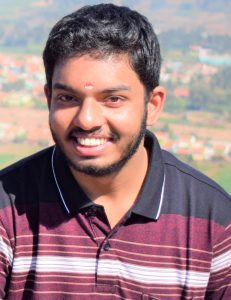
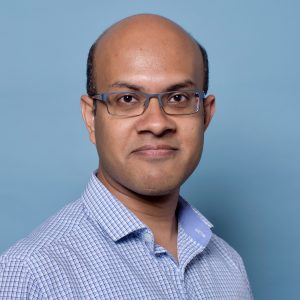
Student: R S Prasobh Sankar
Faculty adviser: Sundeep Prabhakar Chepuri
Category: SuperWinners
Title of the winning proposal: Learning to Beamform for Integrated Sensing and Communication Systems
Domain: Advances in Communication Techniques and Theory
Brief summary of the work: Integrated sensing and communication (ISAC) systems are modern systems that carry out both sensing and communication while sharing hardware and spectral resources. Reconfigurable intelligent surfaces (RISs) are an emerging technology that allows us to favourably modify the wireless channel. Existing methods use optimisation-based techniques to design the precoders and require knowledge of wireless channels. In this project, we aim to develop low-complexity beamforming solutions for ISAC systems. We propose a deep learning-based framework using neural networks to ‘learn’ the precoders in ISAC systems while avoiding the need for wireless channel knowledge. We apply the proposed learning-based framework for various beamforming problems in next-generation ISAC systems. During the previous year, we applied our proposed learning-based framework for beamforming in both narrow-band and wide-band ISAC systems, with and without RIS. The proposed method offers significantly improved performance compared to traditional methods while incurring much less computational complexity. During the current academic year, we propose to further extend our learning-based framework for more challenging scenarios, such as cell-free ISAC systems and ISAC systems with antenna selection and hardware impairments.
Team 2
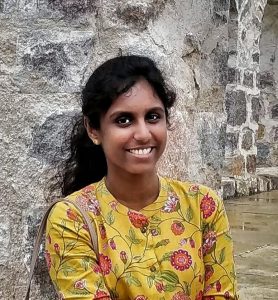
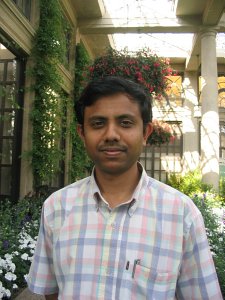
Student: Arthi S
Faculty adviser: Neelesh B Mehta
Category: Winners
Title of the winning proposal: Analysis of IEEE 802.11be with OFDMA-based hybrid access and multi-link operation
Domain: Advances in Communication Techniques and Theory
Brief summary of the work: Wireless fidelity (Wi-Fi) has evolved to facilitate connectivity for billions of devices and is the preferred choice for internet access among users. The most recent amendment of Wi-Fi is IEEE 802.11be. It promises to provide extremely high throughput, low latency, and increased capacity. It incorporates several innovative features, including orthogonal frequency division multiple access, multi-link operation, and hybrid access medium access control layer protocol. This proposal aims to characterise and optimise the combined use of these key features. Our approach will provide a novel and insightful analysis of the throughput and latency of the upcoming 802.11be protocol. It will also enable the design of dynamic resource allocation algorithms and schedulers useful for an 802.11be system.
Team 3
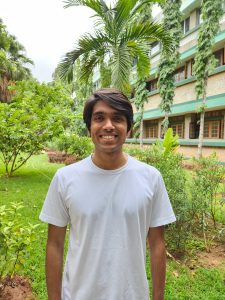
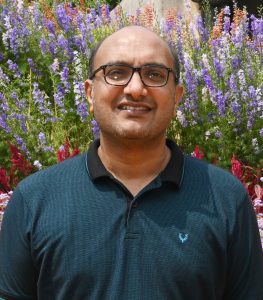
Student: Nishanth Shetty
Faculty adviser: Chandra Sekhar Seelamantula
Category: Winners
Title of the winning proposal: Exploring the Connections Between Brownian Motion and Diffusion Models
Domain: Machine Learning
Brief summary of the work: Diffusion models are state-of-the-art generative models. In this proposal, we explore alternate diffusion models that leverage properties of Brownian motion to achieve accelerated sampling. These models will serve as powerful priors for inverse problems in computational imaging.
Team 4
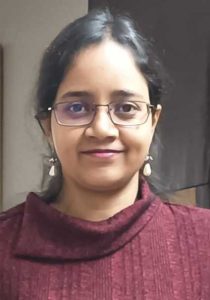
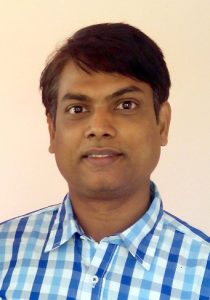
Student: Abhipsa Basu
Faculty adviser: Venkatesh Babu Radhakrishnan
Category: Winners
Title of the winning proposal: Detection and Mitigation of Biases in Deep Learning Based Tasks From Blackbox Feature Extractors
Domain: Machine Learning
Brief summary of the work: Machine learning datasets often contain biases related to gender, race, age, and culture, which deep learning models can learn and perpetuate, leading to incorrect predictions. In image classification, a large pretrained model is commonly used as a feature encoder, with a classifier trained on top for task-specific labels. Previous research shows that these models can transfer societal biases to downstream tasks upon finetuning. This project investigates a related practical problem: how to debias such models when it is not feasible to finetune or retrain them due to resource limitations or privacy concerns. Instead, only the classifier layer is trained on the downstream dataset, keeping the rest of the network frozen. We explore the extent to which these systems can be debiased under these constraints, as most existing methods underperform. We propose a clustering-based margin loss approach to debias models by adding an adapter layer over the pretrained features.
Team 5
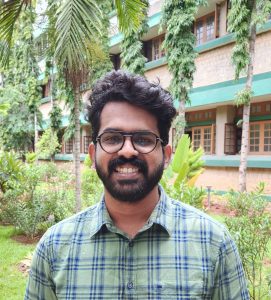
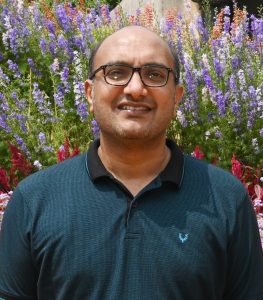
Student: Nygel George Thomas
Faculty adviser: Chandra Sekhar Seelamantula
Category: Winners
Title of the winning proposal: Dynamic View Synthesis with Decomposed 3D Gaussians
Domain: Multimedia Computing
Brief summary of the work: The problem of novel view synthesis (NVS) can be viewed as generating novel views of scenes from the sparse views available. We propose a robust framework for handing dynamic scenes that is fast and computationally efficient as existing radiance field methods like NeRFs and 3D Gaussian splatting give poor results for dynamic scenes. The proposed view synthesis framework has applications in many real-world problems like augmented reality (AR)/virtual reality (VR), movie production, and urban/street mapping.
